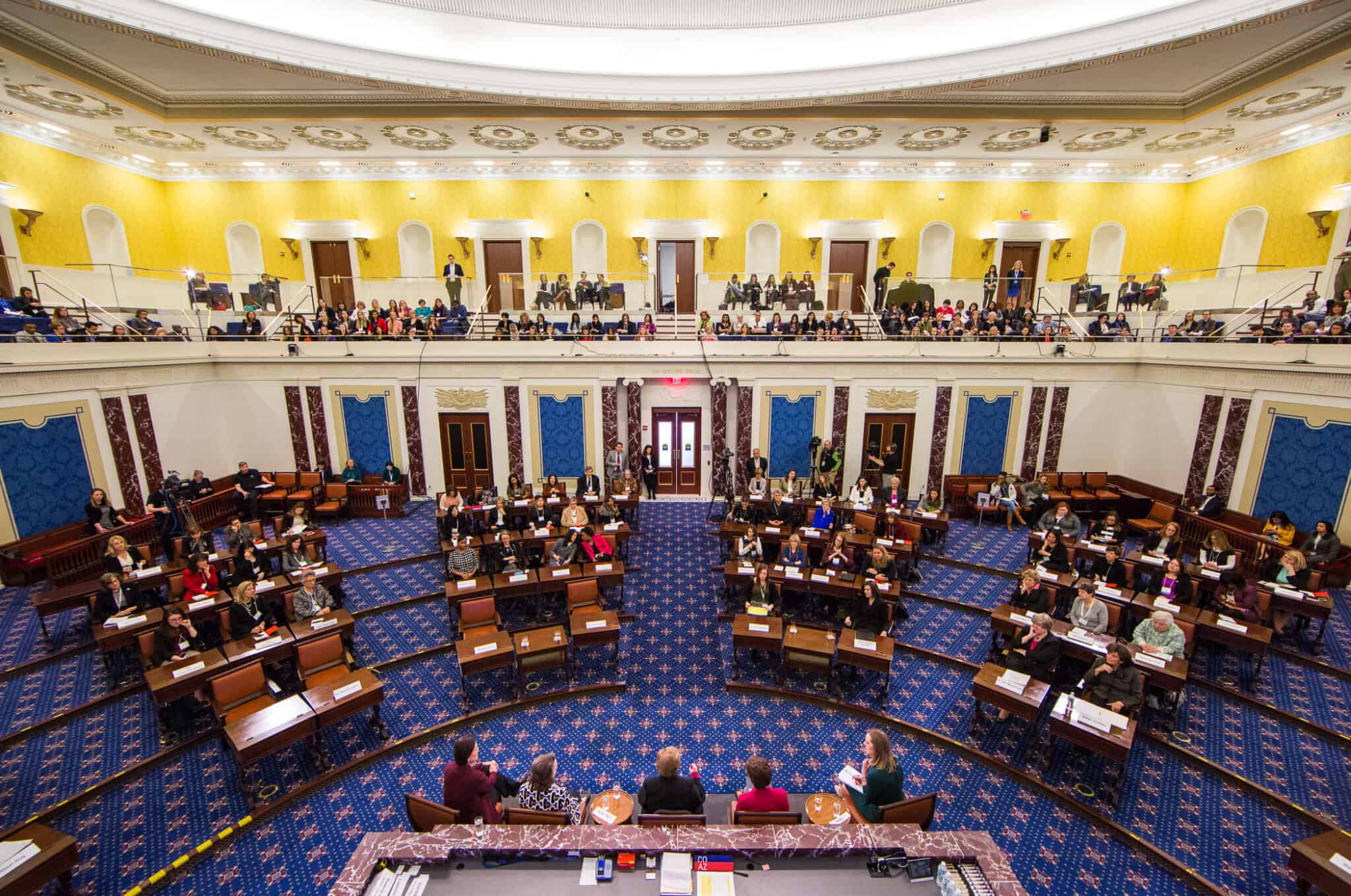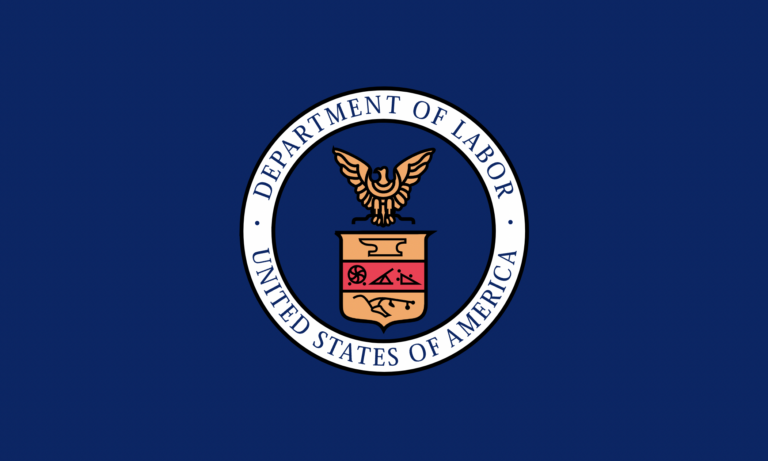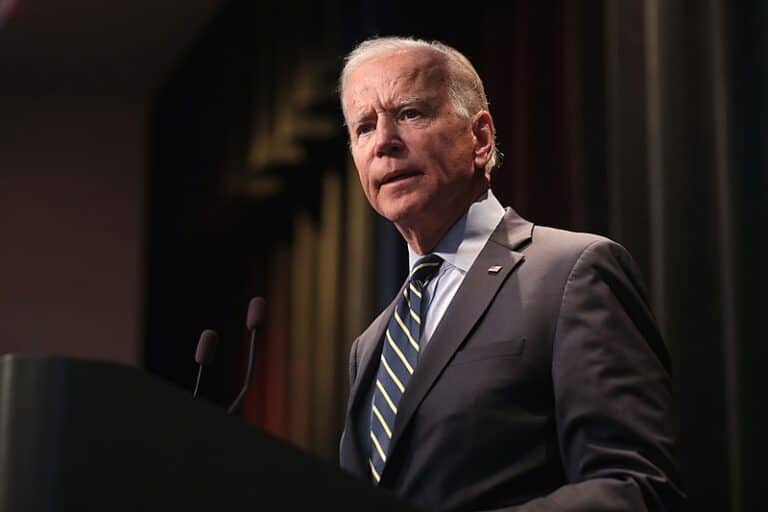
Hannah Hilligoss is a student at Harvard Law School and a member of the Labor and Employment Lab.
With the new Democrat-controlled Senate, President Biden could unleash the Congressional Review Act (CRA) to quickly dispense with over 80 “midnight regulations” promulgated in the Trump Administration’s final 60 legislative days (estimated to be August 21, 2020). This includes the January 7th Department of Labor (DOL) rule (“the DOL rule”) making it easier for businesses to classify their workers as independent contractors rather than as employees. Instead, on February 3rd, the Biden Administration used another administrative tool called a suspension to extend the DOL rule’s effective date. This move might indicate that the Biden Administration won’t follow in the footsteps of President Trump, who used of the CRA to roll back 16 Obama-era regulations. Using the DOL rule as an example, this post will explore why President Biden might show more restraint.
The DOL rule is the latest blow to “gig” workers fighting for employee status and the associated protections and benefits like minimum wage, overtime pay, unemployment insurance, and workers’ compensation. OnLabor has previously written about why gig workers should be classified as employees rather than as independent contractors here and here. This debate has played out in state legislatures and at the polls, but the DOL rule would have the biggest impact on court decisions coming down the pipeline. If a group of drivers, for example, were to bring an employee misclassification case against Uber, the court would likely give substantial deference to the DOL interpretive rule. Practically, this would result in the classification of more gig workers as independent contractors because businesses could anticipate any potential litigation going their way.
President Biden advocates for federal regulation modeled on California’s Assembly Bill 5, classifying gig workers as employees and entitling them to FLSA protections. To achieve this goal, President Biden needs to get rid of the DOL rule. An optimist might look to the recent House passage of the PRO Act, which contains many pro-labor “wish list” items including the adoption of narrow independent contractors classification criteria. If the PRO Act became law, it would override the DOL rule and would result in the classification of many gig workers as employees. Unfortunately, the Act is likely to face significant resistance in the Senate.
Absent Congressional action, President Biden had three options to dispose of the DOL rule: (1) do nothing and hope the rule would get struck down in the courts; (2) use the CRA to “disapprove” the rule; or (3) use notice and comment rulemaking, supplemented by a suspension. Examining each of the options sheds light on why President Biden has opted to pursue the third course.
(1) The Courts: Leaving the fate of Trump’s midnight regulations to external civil society groups and the courts might not sit well with an administration wanting to take action. While court challenges of Trump-era agency regulation have been very effective (of those challenged in court, over 80% of the rules failed), there is no guarantee of success. The Biden Administration would, rightly, be hesitant to leave the fate of gig workers to the whim of an increasingly conservative judiciary.
(2) The Congressional Review Act: The CRA enables a simple majority of the House and Senate to issue a joint resolution “disapproving” an agency rule. If the joint resolution passes, the president can veto—subject to normal Congressional overrides—or sign it into law. After a rule is disapproved, it is rendered “of no force or effect.” The CRA’s speed and relative ease make it an attractive tool when compared to traditional notice and comment rulemaking, so why didn’t Biden wield its power? The answer likely relates to two legitimate critiques of the CRA: First, it is time and resource intensive in the early days of the administration: the Senate is statutorily required to debate each rule subject to CRA disapproval for 10 hours, and a president may want to reserve this time for confirmation of his or her nominees.
Second, some are concerned that the CRA is inherently deregulatory in nature. Once the CRA is used to overturn an agency rule, that agency is prohibited from introducing a rule that is “substantially the same” absent new Congressional authorization. Progressives worry that this clause could frustrate a new administration’s efforts to re-regulate the subject of an overturned rule. Others think these concerns are overblown. Take the DOL rule, for example. On one view, a new rule under the Biden DOL would have the same purpose as the Trump DOL rule: to clarify employee classification criteria. The rules would even likely use the same means to achieve their purpose: interpreting and assigning weight to factors generally deemed relevant to employee status. And even if the new rule assigned weight to different factors than the old rule, resulting in a different classification outcome for gig workers, it is unclear whether the rule would be sufficiently different to withstand a legal challenge. On another view, however, a new Biden DOL rule could be interpreted to have a different purpose: ensuring that employment law’s protections extend to all workers those laws intend to reach and preventing employers from misclassifying employees as independent contractors as a means of securing unfair competitive advantage. To complicate this calculation further, the CRA prohibits judicial review of any “determination, finding, action, or omission” under the statute. This means that a challenge to the new DOL rule on the grounds that it is “substantially the same” as the disapproved rule might not be judicially cognizable.
(3) Notice and Comment Rulemaking: Repealing an agency’s final interpretive rule generally requires going through the same notice and comment rulemaking process as was required to implement the rule in the first place. From a legal perspective, this is the surest way of repealing the rule; however, it is also very time and resource intensive—often taking months or even years, depending on the complexity of the rule. With the DOL rule set to take effect March 8, 2021, a full repeal later on might be made difficult by companies making reliance arguments—that they spent time and resources bringing their practices in compliance with the rule.
This is where the suspension comes in. Suspensions of final regulations postpone their compliance or effective dates to give the new administration time to repeal or substantively change them through notice and comment rulemaking. Suspensions also make eventual repeals easier because a repeal of a rule that never went into effect won’t have to contend with regulated parties’ reliance interests. President Trump used suspensions aggressively; however, many of them were struck down in court for violating the APA. Biden’s suspension of the DOL rule, on the other hand, follows all the best practices: the DOL rule had not yet gone into effect; the suspension is limited to 60 days—indefinite suspensions are seen as a virtual repeal requiring notice and comment rulemaking—and the DOL immediately opened public comment on the suspension and the original rule.
The Biden Administration ultimately decided suspension and a new rulemaking process better served its goal of expanding employee rights to gig workers. This is not to say that the calculus will be the same for other midnight regulations. The key will be weighing the CRA’s deregulatory risks and the administration’s early priorities.










Daily News & Commentary
Start your day with our roundup of the latest labor developments. See all
July 11
Regional director orders election without Board quorum; 9th Circuit pauses injunction on Executive Order; Driverless car legislation in Massachusetts
July 10
Wisconsin Supreme Court holds UW Health nurses are not covered by Wisconsin’s Labor Peace Act; a district judge denies the request to stay an injunction pending appeal; the NFLPA appeals an arbitration decision.
July 9
the Supreme Court allows Trump to proceed with mass firings; Secretary of Agriculture suggests Medicaid recipients replace deported migrant farmworkers; DHS ends TPS for Nicaragua and Honduras
July 8
In today’s news and commentary, Apple wins at the Fifth Circuit against the NLRB, Florida enacts a noncompete-friendly law, and complications with the No Tax on Tips in the Big Beautiful Bill. Apple won an appeal overturning a National Labor Relations Board (NLRB) decision that the company violated labor law by coercively questioning an employee […]
July 7
LA economy deals with fallout from ICE raids; a new appeal challenges the NCAA antitrust settlement; and the EPA places dissenting employees on leave.
July 6
Municipal workers in Philadelphia continue to strike; Zohran Mamdani collects union endorsements; UFCW grocery workers in California and Colorado reach tentative agreements.